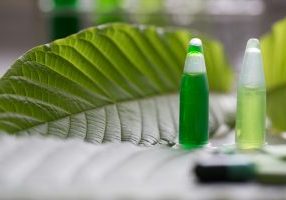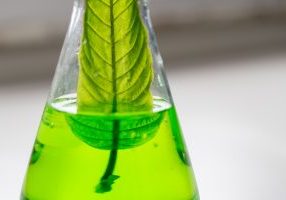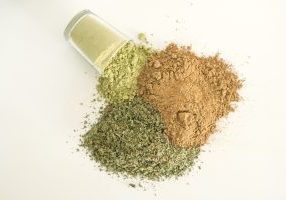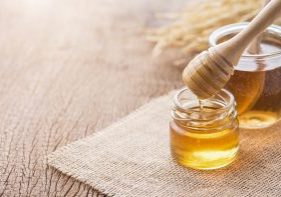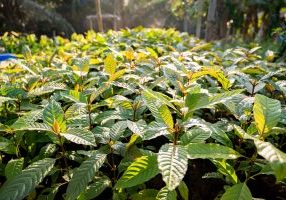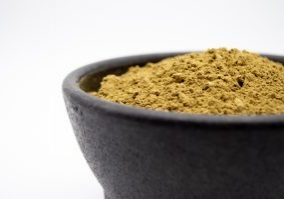CBD and Kratom are two popular plant products that are quickly gaining a reputation for being great botanicals to try out. Most people are more familiar with CBD than Kratom, but both products are being seen in favorable ways worldwide.
Left Coast Kratom is proud to offer Kratom products, but we know that it can be confusing for some customers to know what to buy if they aren’t familiar with how this compares to something more familiar like CBD. CBD and Kratom are unique plant products with unique characteristics.
Today, learn more about them both to determine what you are interested in exploring.
Similarity #1: They’re Both Plant Products!
The first, and most obvious, similarity between Kratom and CBD is that both of these substances originate from plants. The plants that each product comes from are different, but the processes used to harvest, process, and extract the plants have some similarity.
Where It Differs: CBD
CBD is a cannabinoid. A cannabinoid is a specific compound found in cannabis and hemp plants. Cannabinoids are responsible for the effects that these plants have when smoked, eaten, or otherwise taken. Some cannabinoids, like THC, cause mind-altering effects like euphoria.
CBD, on the other hand, does not have the same type of psychoactive effect. Instead, CBD is frequently used in an isolated form as a botanical supplement. People find that CBD helps to relieve a number of conditions without causing the user to become high, so CBD has become widely used in both home remedies and the medical field.
Where It Differs: Kratom
Kratom, on the other hand, is the actual name of the plant as well as the product. Kratom trees are a type of evergreen tree that is native to some parts of Southeast Asia, including Thailand, Indonesia, and neighboring countries.
The leaves from these tall trees are harvested, dried, and processed to create Kratom powders and products. Kratom’s effects on the body are caused by alkaloids. Alkaloids are a compound found in many foods and plants. Caffeine, for instance, is an alkaloid found in many different plants.
The alkaloids found in Kratom are responsible for the botanical’s effects. Kratom is most often taken as a powder or a tea, but it can also be ingested in capsule form for easy serving.
Similarity #2: Effects
The reasons that people decide to try both CBD and Kratom are, in some cases, very similar. Those who want to take charge of their wellness or commit to a more natural lifestyle often consider adding both plant products to their daily routines.
Difference: CBD is Well-Studied
Thanks to an early interest by the scientific community, there have been a lot of studies done on CBD and its effects. It is the cannabinoid from cannabis plants that has been the most studied, and that is why it is a legal substance in most states today. CBD products are on sale around the country for this reason.
Difference: Kratom is Still Being Introduced
While Kratom plants and products have been studied for more than three decades, there have been significantly fewer studies on Kratom products when compared to CBD and other cannabis-based products.
This is mainly due to the difference in popularity, but there has also been a lot of pushback from the federal government against Kratom because it is not as familiar or common as some other botanicals.
Still, we know that alkaloids can have many positive and desirable effects on the body when used properly. The primary alkaloids in Kratom, known as mitragynine and 7-hydroxymitragynine, have been shown in early studies to be effective and beneficial. However, for Kratom to make it onto the open market to the degree that CBD is, more studies will need to be completed.
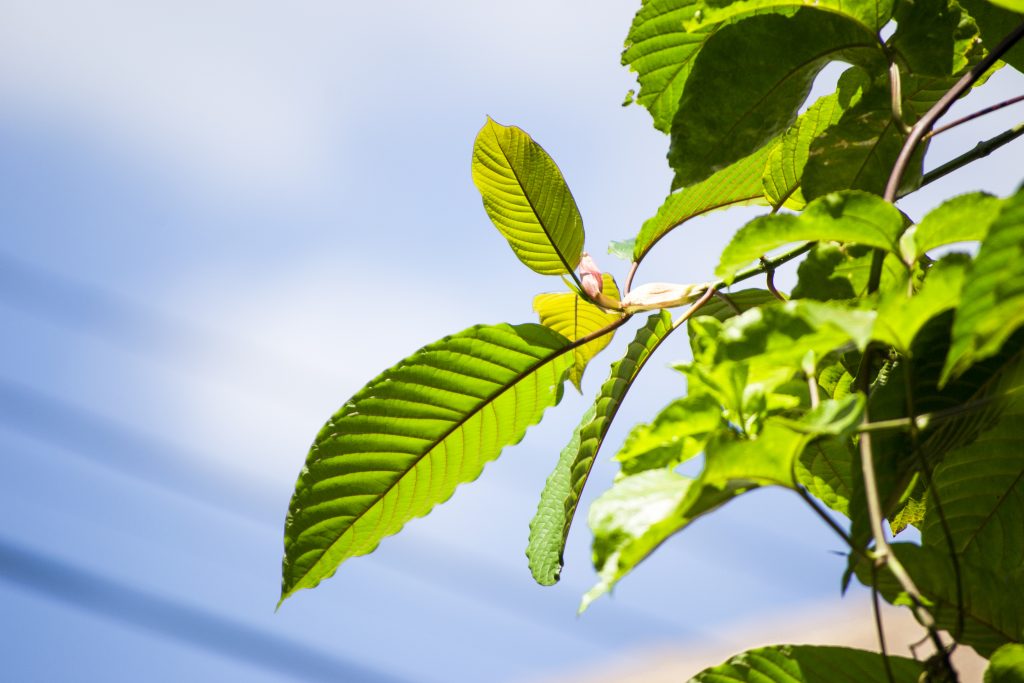
Similarity #3: Pushback
Depending on your age, you might remember a time when CBD and all cannabis-adjacent substances like it were looked at as very dangerous. This reaction by the public was largely due to propaganda campaigns in the late 20th century. It took many decades for advocates from the medical and science communities to prove that CBD was not a terrifying substance.
In a similar way, many people see Kratom as a dangerous substance at this time. This is largely due to a lack of information, but there is also an issue of no regulation of Kratom in some areas. When there is no law or regulation on natural botanical products, cheap sellers can cut corners and release dangerous products onto the market.
As time goes on and more advocates work to stabilize the Kratom community, positive growth will likely be seen in a similar way to what was seen within the CBD community many years ago.
Choosing The Best Kratom
If you’re ready to see what is available within the world of Kratom, we’re happy to share that we have a wide offering of high-quality products. It’s important to make sure that you always buy your Kratom from sellers, like Left Coast Kratom, that have your best interest in mind. We support a regulated and safe Kratom economy, and that’s what you’ll find from our products.
Learn a little bit more about our top sellers today to see if any of them spark your interest!
OG Bali Kratom Powder
A green vein powder, this Kratom has around 1.7% mitragynine content. Our customers say that this is a very balanced, premium blend that they regularly come back to.
Super Green Malaysian Kratom Powder
With 1.9% mitragynine content, this Kratom powder is another balanced blend. However, this time, the super powdered blend is popular with customers for its boosted alkaloid content and unique origins.
Left Coast Kratom Gold Extract
Our gold extract is one of the best things we have ever released here at Left Coast Kratom. This concentrated Kratom powder has approximately 9% mitragynine per gram and is blended with our popular white vein maeng da thai strain.
If you aren’t sure what type of Kratom strain is going to be a good fit for your wants and needs, consider checking out our free samples today alongside the strain that stands out to you. These smaller sample packs can help you to explore a variety of strains.




